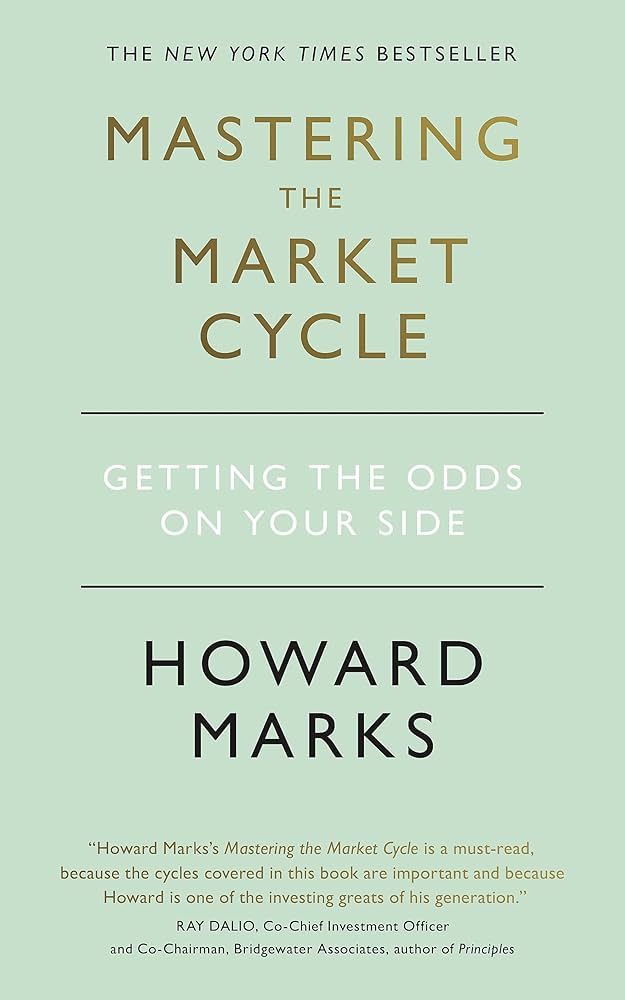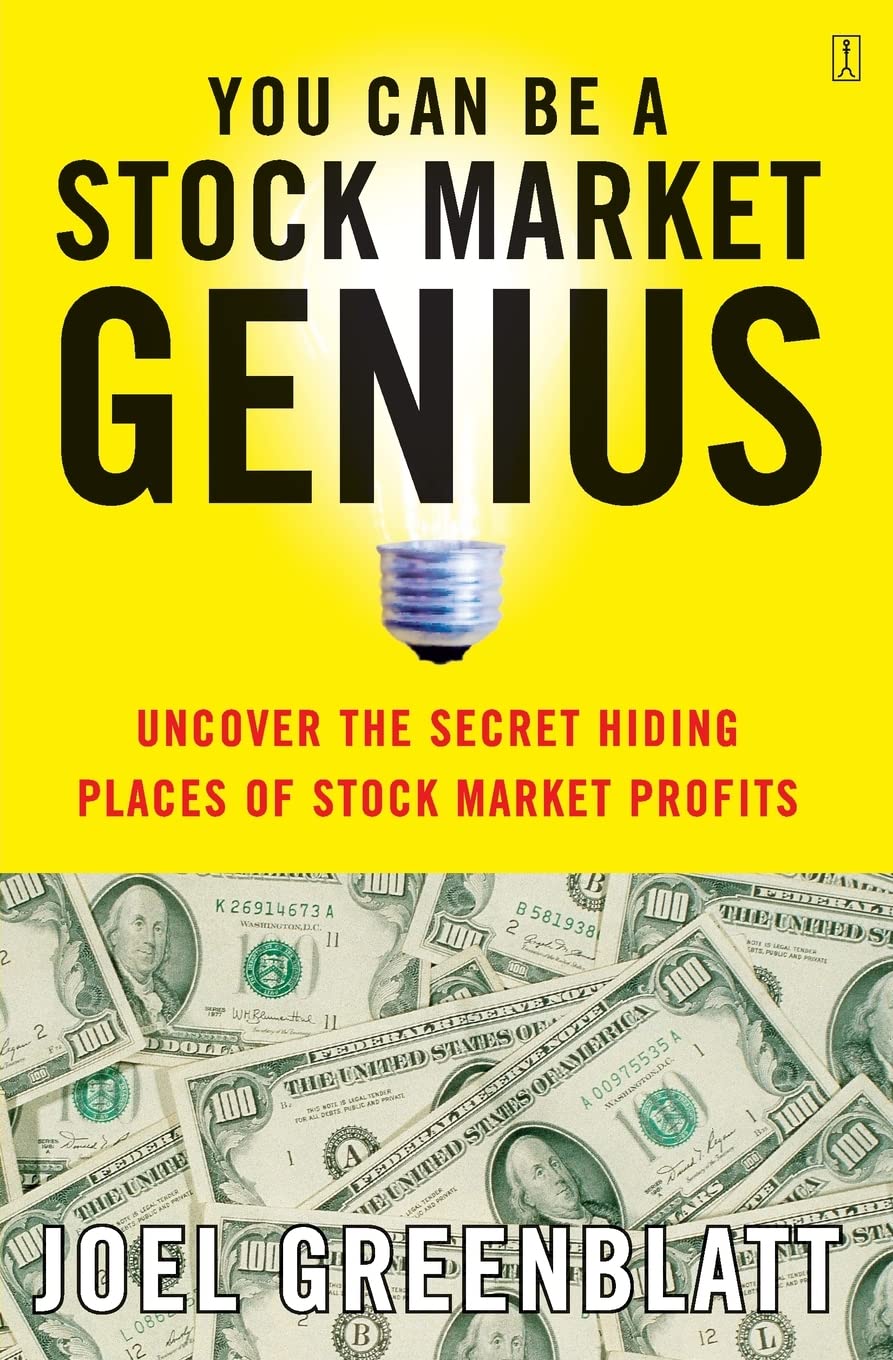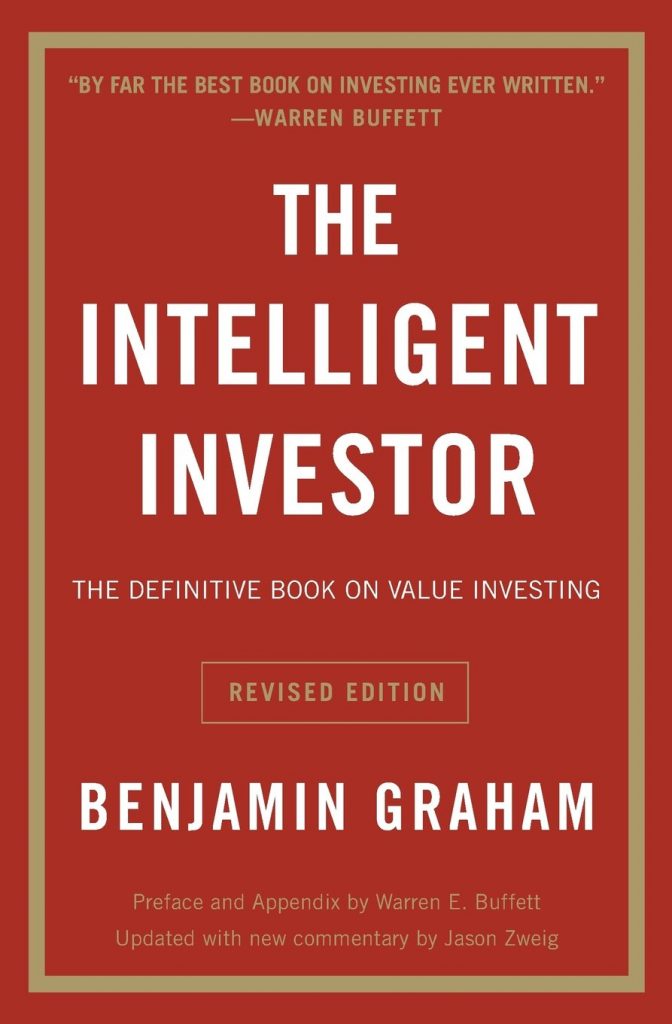Mastering the Market Cycle guides readers through the importance of knowing how the market cycles work, and the value of being aware of where markets stand in the current cycle. Author Howard Marks is the co-founder of Oaktree Capital Management, and has more than 50 years of experience in the markets. He says investors should adjust their portfolios between aggressive and defensive positioning depending on where we stand in the current market stage.
Throughout the book, he reflects on his many experiences in managing his distressed debt fund, noting that the fundamental characteristics of market cycles will always remain the same. The basic tenet that prices rise and fall with one event causing the next remains true, regardless of the details or circumstances of each actual event.
Markets are rarely at the midpoint, he says, adding that in his 47 years in the industry, the S&P 500 has only produced around the ‘average’ return for three years.
Market cycles
The cycles include the economic cycle, where long term growth is targeted between two and three per cent growth each year. The long term economic cycle is influenced by factors like immigration and population growth, whereas the short term economic cycle is influenced by consumers’ marginal propensity to consume.
The profit cycle is more volatile as it is impacted by financial and operating leverage. The real estate cycle has long lead times, causing a lag behind other market cycles.
All cycles are interconnected, with swings in the profit cycle interrelated to the economic cycle, and magnified by investor psychology.
The impact of irrational investors
We are taught about the rational investor, one who uses logic and reasoning to make investment decisions. But Marks highlights the impact that human psychology has on market cycles – or as Marks describes it, where a “buy before you miss out” mentality turns to “sell before it goes to zero.”
The excessive upward and downward swing of asset prices is attributable to the herd-like mentality of some investors, he says, noting that refusing the influence of emotions is key to successful investing.
Risk perception
Investors’ perception of risk also fluctuates with cycles. The greatest investment risk, says Marks, is when no risk is perceived.
A bull market will have three stages:
- A few investors believe that the market environment will get better
- Majority of investors are experiencing that markets are improving
- Every investor decides that the market will be better forever
Marks describes the danger to the third stage – which brings the belief that “things are different this time.”
In this stage, investors extrapolate future returns from unrealistic assumptions, causing a perception of continuous upward trends.
Marks uses the metaphor of a window to describe the credit cycle. When the window is open, borrowers can easily obtain credit, creating lower term standards and competition to provide credit.
However, when the window is slammed shut, lenders become reluctant to lend.
The 2008 Financial Crisis created risk aversion and fear, he says, leading the credit window slammed shut. But this also provides the lowest prices with attractive covenants for secured debt, making the power shift to the buyer.
Investing through market cycles
After reviewing the fundamentals of market cycles, Marks turns to the important skill of identifying and positioning investments in the market cycle. He shares the key three ingredients to success: Aggressiveness, timing and skill.
He says investors must position their portfolio appropriately with the risk that they are willing to accept, given the market conditions – adding that Oaktree has missed out on some of the upside in order to position their portfolios defensively for downturns in the market.
Overall, this book is a great read for anyone who is interested in learning about the investment environment through real life examples and a fundamental review of different market cycles.




